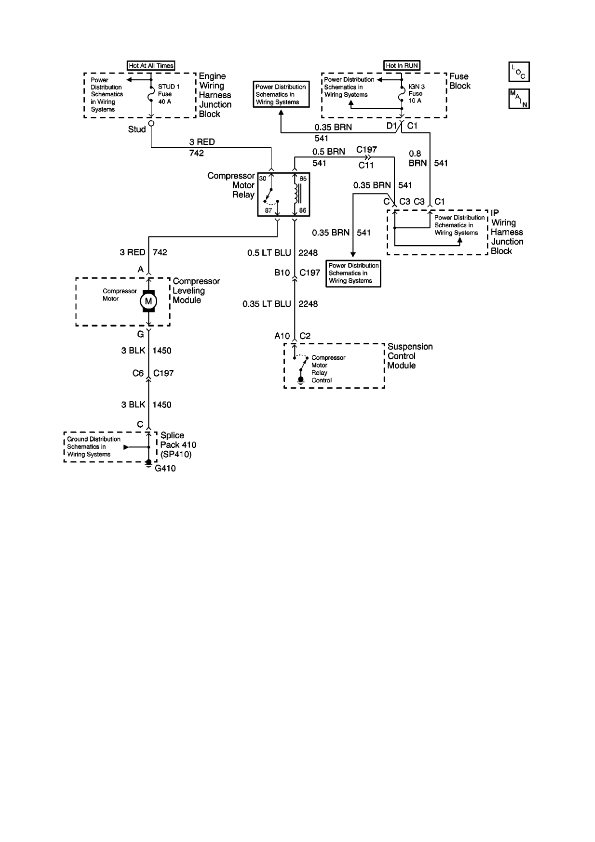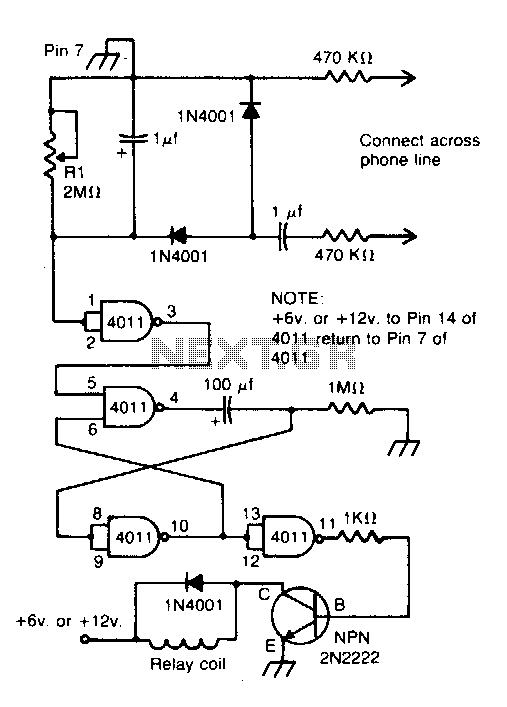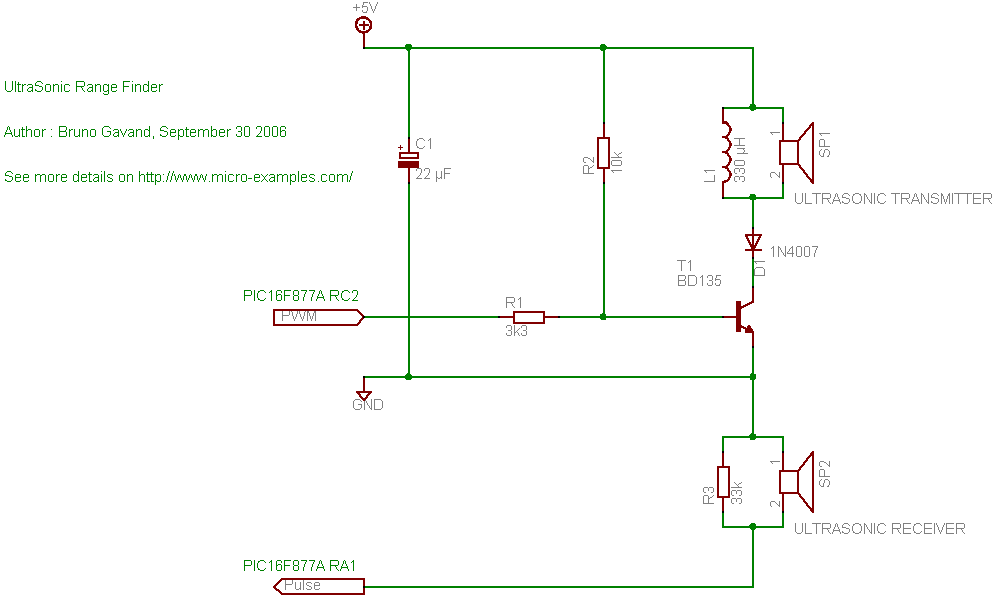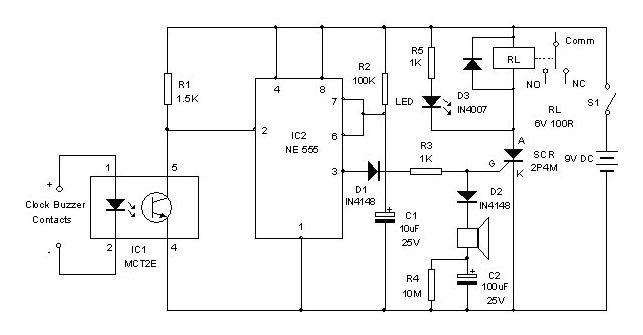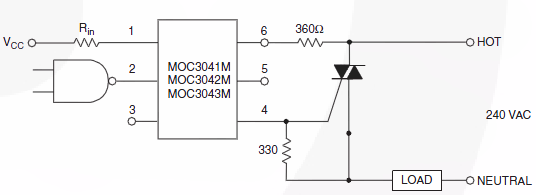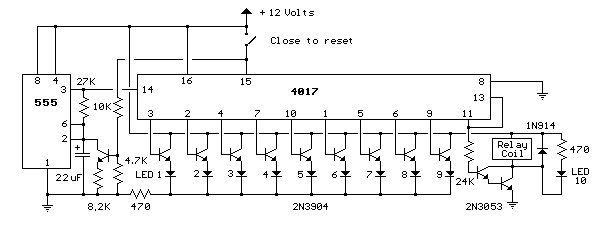
arduino Selecting the right relay
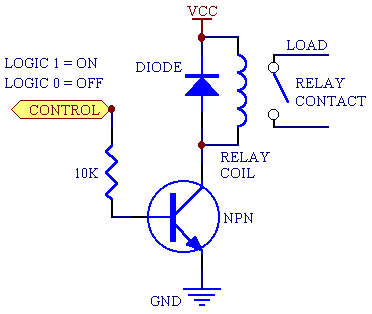
A 5V power supply is used to function as a switch controlled by an Arduino. Direct control from the Arduino pin is not feasible because most general-purpose relays require a minimum of 150mW to activate, which translates to over 30mA at 5V. An NPN transistor, such as the 2N2222 or BC337, can be utilized, along with a general-purpose diode like the 1N4001. The VCC is the +5V supply. When searching for components, resources like Farnell can provide a variety of general-purpose relays rated for over 10A and 250VAC. The purpose of this setup is to turn on an ATX power supply by grounding the PC_ON wire (typically green). Although a relay can achieve this, a simpler open-collector NPN transistor circuit may suffice. The circuit requires an NPN transistor and a resistor, typically 4.7kOhm, but this can vary based on the transistor's gain, with values ranging from 1kOhm to 50kOhm being acceptable. A pull-up resistor of about 1kOhm is suggested, although values between 2kOhm and 10kOhm are also functional. The circuit can operate with a pull-up resistor as low as 100 ohms if necessary. The ATX power supply is activated by bridging a specific wire to ground, and while a relay could be used for this, a transistor might be a more efficient option. Using a transistor does not isolate the Arduino from the ATX supply, but this may not be a significant concern. The ATX 2.2 specification does not specify a pull-up resistor value, but it is generally safe to assume it should not be less than 1kOhm, allowing for a maximum current of 5mA. Although the Arduino pin could drive this current directly, utilizing a transistor or relay is advisable for safety. A transistor is deemed safe for this application, providing adequate performance without the need for isolation, which would be better achieved with an optocoupler if required.
To implement this circuit, the following components are necessary: an NPN transistor (e.g., 2N2222 or BC337), a diode (e.g., 1N4001), and resistors (R1 and R_pullup). The NPN transistor acts as a switch, allowing the control of the ATX power supply through the Arduino. The base of the transistor is connected to the Arduino output pin through R1, while the emitter is grounded. The collector is connected to the PC_ON wire of the ATX power supply. The pull-up resistor (R_pullup) connects the PC_ON wire to the +5V supply, ensuring that the ATX power supply remains off when the Arduino output pin is low.
When the Arduino output pin is set to HIGH, current flows through R1 into the base of the NPN transistor, turning it on and allowing current to flow from the collector to the emitter. This action grounds the PC_ON wire, effectively turning on the ATX power supply. The diode is placed in reverse parallel with the load to protect against back EMF when the transistor is switched off, ensuring circuit integrity.
This configuration is efficient for low-power applications, where isolation is not a primary concern. However, for designs requiring electrical isolation, an optocoupler should be considered, as it provides better protection for the Arduino and other components from potential voltage spikes or noise from the ATX power supply. Overall, this circuit exemplifies a practical approach to controlling a power supply using an Arduino, balancing simplicity and functionality.A 5v power supply to act just like a switch. I will be controlling it with an Arduino like described here: You won`t be able to drive it directly from the Arduino pin, as most general purpose relays require at least 150mW to switch which is >30mA @ 5V. You will need to use something like this: The NPN can be just about any general purpose NPN (2N2222, BC337, etc) and the diode can be most general purpose diodes
(1N4001 or similar) VCC is your +5V. If you go to somewhere like Farnell, and use the parametric search to narrow down you options, you will get hundreds of choices, here is an example search with 5VDC general purpose relays capable of >10A and >250VAC selected. It seems this is to turn an ATX supply on by pulling the PC_ON (usually green) connection to ground. In this case the relay is a bit overkill, and a simple open collector NPN transistor circuit can be used: The dotted area is inside the PC, so all you need is the NPN transistor (almost any general purpose will do) and the resistor (4.
7kOhm is shown, but depending on the transistor gain, R1 can be between say, 50kOhm and 1kOhm - between 1kOhm and 10kOhm should work with just about anything though) The R_pullup of 1kOhm is assuming about the worst case - it will probably be between 2kOhm and 10kOhm. The circuit as shown would work with a pullup down to around 100 ohms though if needed. the thing im switching on is a atx computer PSU, to turn it on you just bridge a certain wire to a ground wire, a relay could do this yes lewis denny Aug 6 `12 at 13:45 Yes, a relay could do this.
If you are referring to the green power on signal connection, since the current is very low you could do this with just the transistor itself (the Arduino would not be isolated from the ATX in this case, but that may not be an issue) Oli Glaser Aug 6 `12 at 14:26 The ATX 2. 2 spec does not give a value for the pullup resistor, only that it is attached to +5V (see page 21). It`s probably safish to assume it`s not less than 1k, which would give 5V / 1kOhm = 5mA max. Since it`s pulled up to +5V, at 5mA you could drive it from the Arduino pin, but I`d use the transistor (or relay if you want to have things isolated) anyway just in case.
Oli Glaser Aug 6 `12 at 14:39 So would a transistor be just as safe as a relay, it`s not like there will be any power surges though the line or anything lewis denny Aug 6 `12 at 21:25 Yes the transistor will be perfectly safe to handle this, the only difference is the relay would provide isolation between the Arduino and the ATX, but if you don`t need that then use the transistor. The ATX outputs are isolated (from the HV mains side by a transformer) anyway. In fact if you did need isolation, you would be better to use an optocoupler anyway for such a small load, the relay would be overkill.
Oli Glaser Aug 6 `12 at 21:35 🔗 External reference
To implement this circuit, the following components are necessary: an NPN transistor (e.g., 2N2222 or BC337), a diode (e.g., 1N4001), and resistors (R1 and R_pullup). The NPN transistor acts as a switch, allowing the control of the ATX power supply through the Arduino. The base of the transistor is connected to the Arduino output pin through R1, while the emitter is grounded. The collector is connected to the PC_ON wire of the ATX power supply. The pull-up resistor (R_pullup) connects the PC_ON wire to the +5V supply, ensuring that the ATX power supply remains off when the Arduino output pin is low.
When the Arduino output pin is set to HIGH, current flows through R1 into the base of the NPN transistor, turning it on and allowing current to flow from the collector to the emitter. This action grounds the PC_ON wire, effectively turning on the ATX power supply. The diode is placed in reverse parallel with the load to protect against back EMF when the transistor is switched off, ensuring circuit integrity.
This configuration is efficient for low-power applications, where isolation is not a primary concern. However, for designs requiring electrical isolation, an optocoupler should be considered, as it provides better protection for the Arduino and other components from potential voltage spikes or noise from the ATX power supply. Overall, this circuit exemplifies a practical approach to controlling a power supply using an Arduino, balancing simplicity and functionality.A 5v power supply to act just like a switch. I will be controlling it with an Arduino like described here: You won`t be able to drive it directly from the Arduino pin, as most general purpose relays require at least 150mW to switch which is >30mA @ 5V. You will need to use something like this: The NPN can be just about any general purpose NPN (2N2222, BC337, etc) and the diode can be most general purpose diodes
(1N4001 or similar) VCC is your +5V. If you go to somewhere like Farnell, and use the parametric search to narrow down you options, you will get hundreds of choices, here is an example search with 5VDC general purpose relays capable of >10A and >250VAC selected. It seems this is to turn an ATX supply on by pulling the PC_ON (usually green) connection to ground. In this case the relay is a bit overkill, and a simple open collector NPN transistor circuit can be used: The dotted area is inside the PC, so all you need is the NPN transistor (almost any general purpose will do) and the resistor (4.
7kOhm is shown, but depending on the transistor gain, R1 can be between say, 50kOhm and 1kOhm - between 1kOhm and 10kOhm should work with just about anything though) The R_pullup of 1kOhm is assuming about the worst case - it will probably be between 2kOhm and 10kOhm. The circuit as shown would work with a pullup down to around 100 ohms though if needed. the thing im switching on is a atx computer PSU, to turn it on you just bridge a certain wire to a ground wire, a relay could do this yes lewis denny Aug 6 `12 at 13:45 Yes, a relay could do this.
If you are referring to the green power on signal connection, since the current is very low you could do this with just the transistor itself (the Arduino would not be isolated from the ATX in this case, but that may not be an issue) Oli Glaser Aug 6 `12 at 14:26 The ATX 2. 2 spec does not give a value for the pullup resistor, only that it is attached to +5V (see page 21). It`s probably safish to assume it`s not less than 1k, which would give 5V / 1kOhm = 5mA max. Since it`s pulled up to +5V, at 5mA you could drive it from the Arduino pin, but I`d use the transistor (or relay if you want to have things isolated) anyway just in case.
Oli Glaser Aug 6 `12 at 14:39 So would a transistor be just as safe as a relay, it`s not like there will be any power surges though the line or anything lewis denny Aug 6 `12 at 21:25 Yes the transistor will be perfectly safe to handle this, the only difference is the relay would provide isolation between the Arduino and the ATX, but if you don`t need that then use the transistor. The ATX outputs are isolated (from the HV mains side by a transformer) anyway. In fact if you did need isolation, you would be better to use an optocoupler anyway for such a small load, the relay would be overkill.
Oli Glaser Aug 6 `12 at 21:35 🔗 External reference
